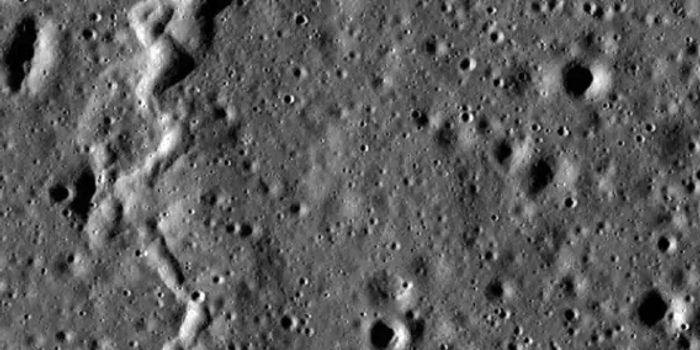Humans, not climate, contributed to mammal community similarities 10,000+ years ago
In a recent study published in Nature Communications, an international team of researchers discuss how the increasing homogeneity of species is not as connected to climate change over the last 100 years as previously thought, but rather has been more connected to human activity as far back as 10,000 years ago. The study was carried out by researchers from the United States, Canada, Australia, Finland, and Denmark, who directed analyses of 8,831 fossils representing 365 mammal species from 366 sites across North America. This expansive fossil record enabled the team to study homogenization, or the similarities between mammal species, in one community and its surrounding communities.
Past studies have focused on North American fossils from tens of millions to millions of years ago while stating climate was the reason for homogenization. This new study focused their efforts on only the past 30,000 years, a time when Homo sapiens weren’t yet present in North America. Their migration throughout the continent, along with their change from hunting-gathering to intensive agriculture, began at least 20,000 years ago. By studying just the past 30,000 years the researchers discovered that Homo sapiens were likely responsible for the unparalleled levels of North American mammal community homogenization seen in the fossil record of this time.
"Our conclusion is that this does have to do with early human activities and the arrival of humans into the Americas," said Kate Lyons, an assistant professor of biological sciences at the University of Nebraska Lincoln, and a co-author on the study.
The study also disclosed that mammal communities in North America today exhibit more than double the homogeneity as they did 10,000 years ago and could end up with four times the homogeneity by the end of this century. They additionally found that North American homogenization has sped up even faster during the past 5,000 years, during a timespan when the human population in the continent increased 10-fold.
"It happened much later in North America than on other continents," Lyons said. "But that's really when humans in North America went from being hunter-gatherers to being more settled and dependent on agriculture."
Even with that rapid increase in both human population and mammal community homogenization, the study concluded that there was a greater increase in just the last 500 years. Lyons added that such a rapid increase in both variables has led to the extinction of keystone species and continued homogenization could be dangerous for ecosystems.
"Communities will be probably less resilient to future perturbations and potential extinctions," Lyons said. "It also just makes the world less interesting, because you have less wondrous variation out there."
Sources: Nature Communications
As always, keep doing science & keep looking up!









